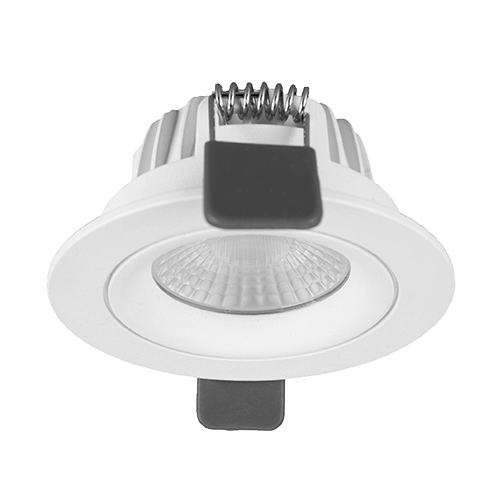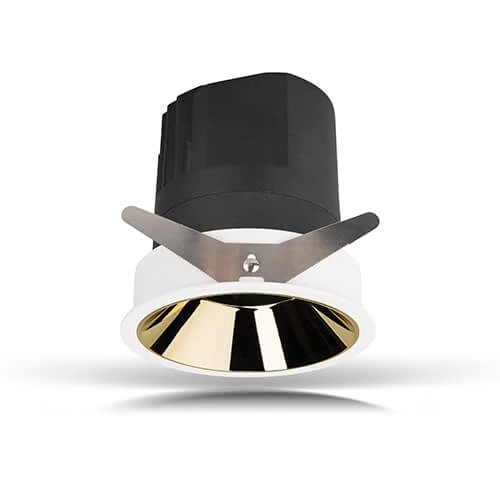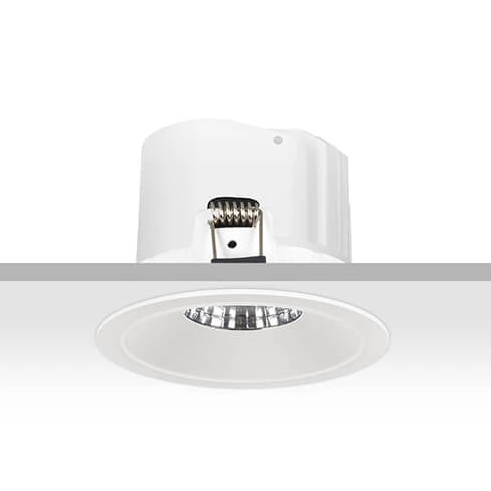How efficient are commercial LED lights? This question has become increasingly important in recent years as more businesses and individuals are making the switch to LED lighting solutions. In this article, we will explore the efficiency of commercial LED lights, addressing their benefits, drawbacks, and the impact they have on energy consumption.
Commercial LED lights offer numerous advantages over traditional lighting options such as incandescent bulbs and fluorescent tubes.
Firstly, commercial LED lights are highly energy-efficient. They consume significantly less electricity compared to other lighting technologies, resulting in reduced energy bills and lower greenhouse gas emissions. LED lights also have a longer lifespan, further enhancing their overall efficiency. With an average lifespan of 50,000 to 100,000 hours, they outperform incandescent bulbs and fluorescent tubes by several orders of magnitude.
Secondly, LED lights are highly durable and resistant to shock, vibration, and extreme temperatures. This makes them well-suited for use in commercial settings where reliability is crucial. LED lights also emit light in a specific direction, reducing the need for additional reflectors or diffusers and ensuring more efficient light distribution.
Furthermore, commercial LED lights do not contain toxic substances such as mercury, which is commonly found in fluorescent lights. This makes LED lights more environmentally friendly and easier to dispose of.
While commercial LED lights offer numerous advantages, there are some limitations to consider.
Firstly, LED lights are generally more expensive upfront compared to traditional lighting options. However, the overall cost is offset by their energy efficiency and long lifespan, resulting in significant savings over time.
Secondly, LED lights are sensitive to high temperatures, which can affect their performance and lifespan. It is important to select LED lights suitable for the specific environment in order to avoid overheating and premature failure.
Lastly, the quality of LED lights can vary depending on the manufacturer. It is important to choose reputable suppliers who provide reliable and high-quality products.
The adoption of commercial LED lighting solutions plays a significant role in reducing overall energy consumption.
LED lights consume up to 80% less energy compared to incandescent bulbs, resulting in substantial energy savings. This not only reduces electricity bills for businesses but also helps to lower the demand for non-renewable energy sources.
In addition, the longer lifespan of LED lights means fewer bulbs need to be produced and disposed of, further reducing the environmental impact associated with manufacturing and waste management.
Commercial LED lights are highly efficient lighting solutions that offer numerous benefits to businesses and individuals alike. With their energy efficiency, long lifespan, and environmental friendliness, LED lights can greatly reduce energy consumption and contribute to a more sustainable future.
 HK international lighting fair(Autumn Ed
HK international lighting fair(Autumn Ed
 What Type of Downlight Is Suitable for H
What Type of Downlight Is Suitable for H
 What Makes Recessed Down Lights Ideal fo
What Makes Recessed Down Lights Ideal fo
 Enhancing Outdoor Lighting with IP65 Rec
Enhancing Outdoor Lighting with IP65 Rec